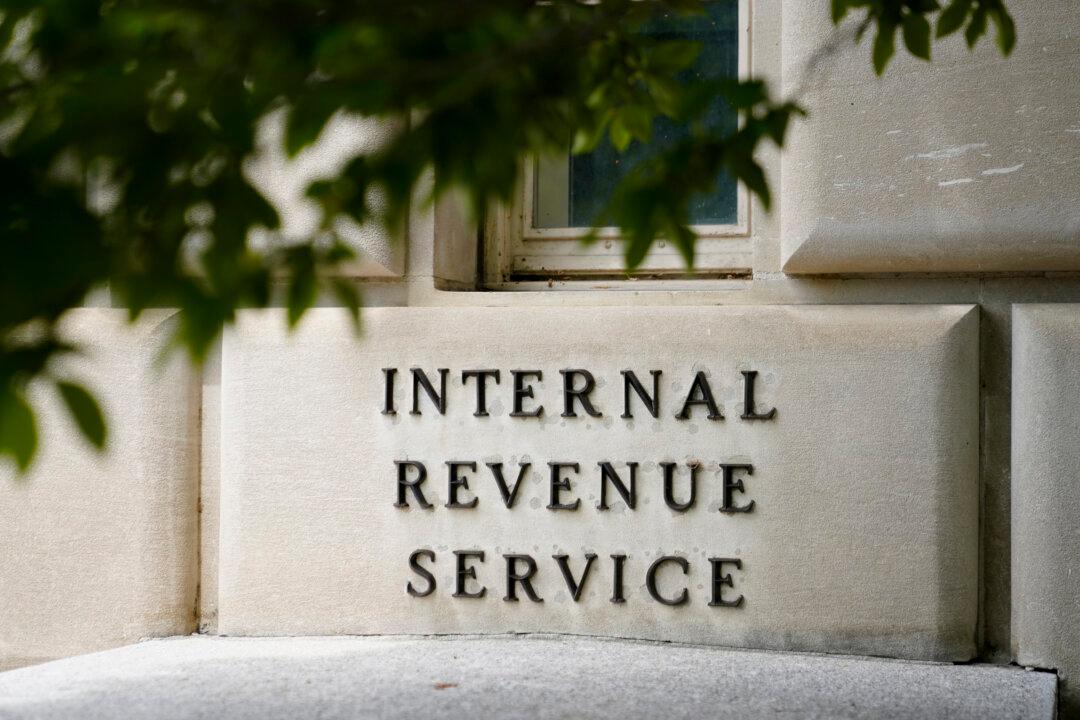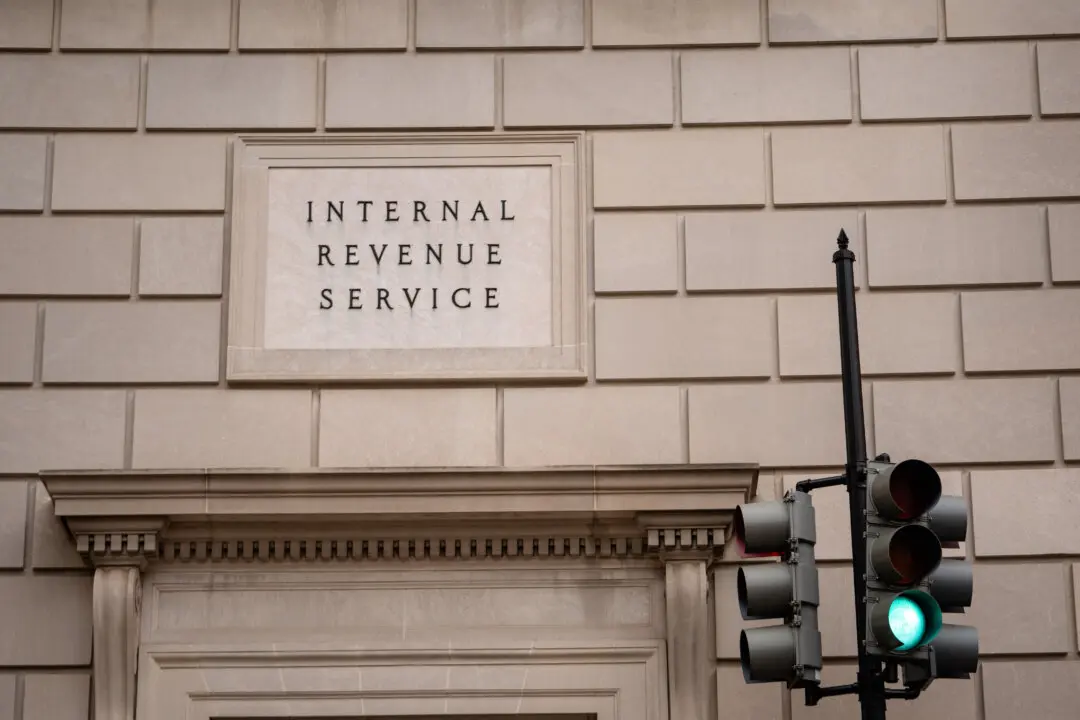The Internal Revenue Service (IRS) made a full-scale launch of its Direct File pilot on Tuesday that allows some taxpayers from 12 states to file returns online with the agency.
“The pilot effort has been in testing mode for several weeks, allowing early users to file their 2023 federal tax returns online for free and directly with the IRS. Thousands of taxpayers have successfully used the system, and early users are giving the new option positive reviews,” the IRS said in a March 12 press release. “Following the initial Direct File success, the IRS is moving the pilot out of the test phase, allowing all eligible taxpayers in the 12 states—representing 19 million taxpayers—to use the system at any time.”





